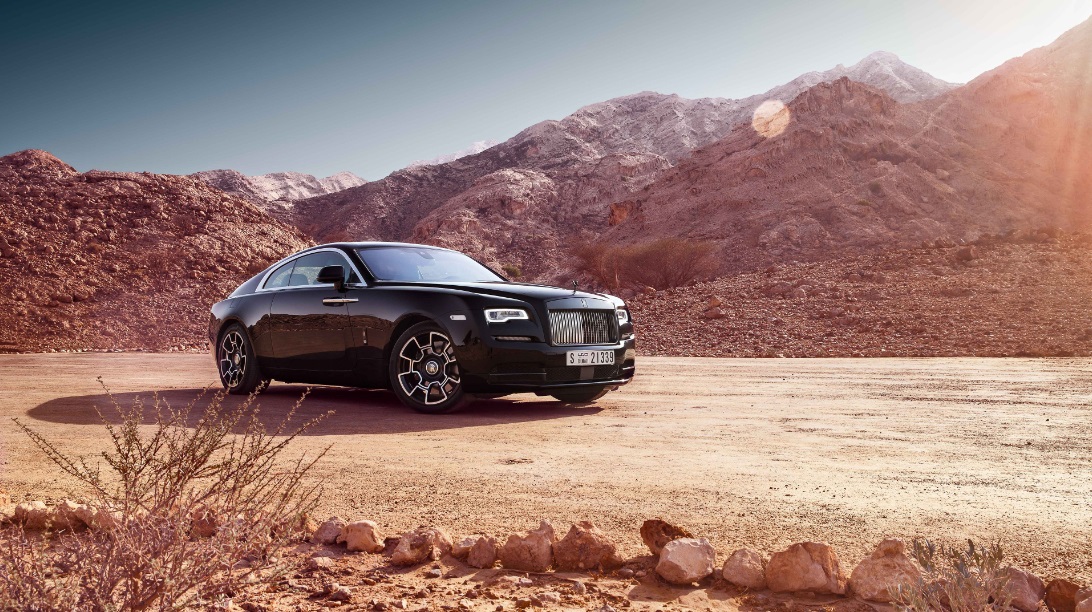Artigos
Methods of Brand Valuation
18 / 09 / 19
Larissa Mallmann F. A. Brandão
MALLMANN CONSULTING
There are different methodologies for estimating the value of a brand, all of which involve some degree of subjectivity. In addition, it is worth noting that there are different commercial applications for a brand valuation: mergers and acquisitions, litigation, secured loans, license agreement. Methodology implies a set of norms and systematic procedures adopted to answer a scientific question. However, different methodologies may produce different results. Below we present, briefly, different methodologies for brand evaluation; without, however, pointing out the limitations inherent in each of these approaches. According to the Cost Based Approach methodology, it is possible to measure the value of a brand based on the cost to create it or the cost to recreate it. Another aspect of this approach is the assumption that it is possible to estimate the costs involved in recreating an identical brand or a brand of similar economic value. The strength of this methodology is the simplicity of calculation.
On the other hand, market-based comparisons would offer a more pragmatic method of evaluation. In Market Based Valuation, just as auctioneers value antiquities, it would be possible to estimate the market value of a brand by comparing transactions with relevant brands that occurred in the recent past. The Brand Contribution Method identifies or estimates the additional profits generated by the brand in relation to the profits from the rest of the assets. These profits can be estimated by four methods: (i) utility cost; (ii) return on capital; (iii) premium profits (company); and (iv) premium price (retail). Simon and Sullivan propose three categories of intangible assets: (i) brand equity; (ii) value of other specific factors not related to brand equity; and (iii) market specific factors that generate competition imperfections. In turn, the Historical Profit Method considers the value of a brand through available market information and external market research. The Royalty Relief Method involves estimating likely future sales and applying an appropriate royalty rate to identify the profit attributable to the brand’s royalties in future years. Royalty Relief is used to set the royalty rate in cases of licensing or even asset transfers between companies.
The Historical Cost (or Replacement Cost) Method is based on the sum of all marketing, advertising, and R&D expenses for a brand over a given period. This method, while similar to valuation for brand creation cost, considers the difficulty of distinguishing between brand creation and maintenance costs. 2 Under the Premium Price Method, revenues from a competitive unbranded product are deducted from revenues from a comparable branded product to establish the excess or premium brand revenue. Using this method as a basis, assumptions are made regarding market growth, market share, inflation, among other indices, in order to establish cash flows for discount purposes.
According to Birkin’s Hybrid Method, the brand’s ability to generate revenue over time would determine its value. This approach departs from current and future cash flows generated solely by the brand as an evaluation criterion, and non-brand earnings are excluded from the cash flow. In estimating the cash flow growth rate and the discount rate (capital cost associated with the brand), the strength of the brand is taken into account. Stronger brands would have higher cash flows and lower discount rates. Finally, the Discounted Cash Flow Method presents an approach based on the premise that future cash flows attributable to a brand dictate its value to its owner or potential investor. This approach requires the identification of future revenues or cash flows attributable to the brand discounted to present value. Finally, it is worth mentioning the Method proposed by Mario César de Mattos Milone, in a thesis guided by Professor Rubens Famá, which evaluated the brands of Banco Itaú, Unibanco, Perdigão and Sadia through a tool known as the Brand Scorecard, which identify and quantify the influence of the brand on future cash generation capacity. According to the author, the Brand Scorecard has as its main objective to evaluate and measure the representativeness of the main brand value drivers in their ability to generate additional value to the company’s future cash flows. The drivers proposed by Milone are classified into three groups that can be objectively measured: (a) Attributes that impact revenue; (b) Attributes that impact operating costs; and (c) Attributes that impact commercial costs.
Finally, although not discussed in this article, it is worth mentioning the methods developed by the Brand Finance, Interbrand (Earnigs Valuation Method) and Brand Analytics (Millward Brown’s Optimor) Consultants. Thus, brand valuation has particularities that must be carefully analyzed. Usually, economic approaches are preferred. However, none of the existing methods of brand valuation offers an absolute level of irrefutability. In the market, Royalty Relief Methodology is among the preferred economicfinancial models. In turn, the Brand Scorecard is a qualitative and quantitative approach method that solves the need to adapt the DFC calculation to specifically assess the value of the brand. Most importantly, however, is to identify, on a case-by-case basis, the model with the most transparency and best consistent with the purpose of the valuation.
MALLMANN CONSULTING is a consulting firm in Brazil with expertise in planning and implementing projects focused on Communication and Organizational Culture, Marketing and Branding. Our specialty is the management of intangible assets, which 3 are key assets for sustainability and business longevity, as well as strategic for company value.


